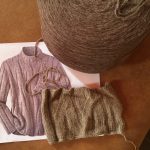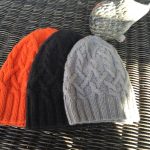Knitting machines, also known as knitting looms or knitting frames, are devices used to automate the process of creating knitted fabrics. They offer an efficient and fast way to produce knitted garments, accessories, and textiles. These machines are widely used in the textile industry, as well as by hobbyists and artisans.
It’s worth noting that knitting machines can vary in terms of complexity, capabilities, and sizes. Some machines are small and handheld, while others are large-scale industrial units. The choice of machine depends on the intended application, user expertise, and production requirements.
Each type of knitting machine offers different functionalities, capabilities, and applications. The choice of machine depends on factors such as the desired fabric type, complexity of patterns, production volume, and the user’s skill level and requirements.













